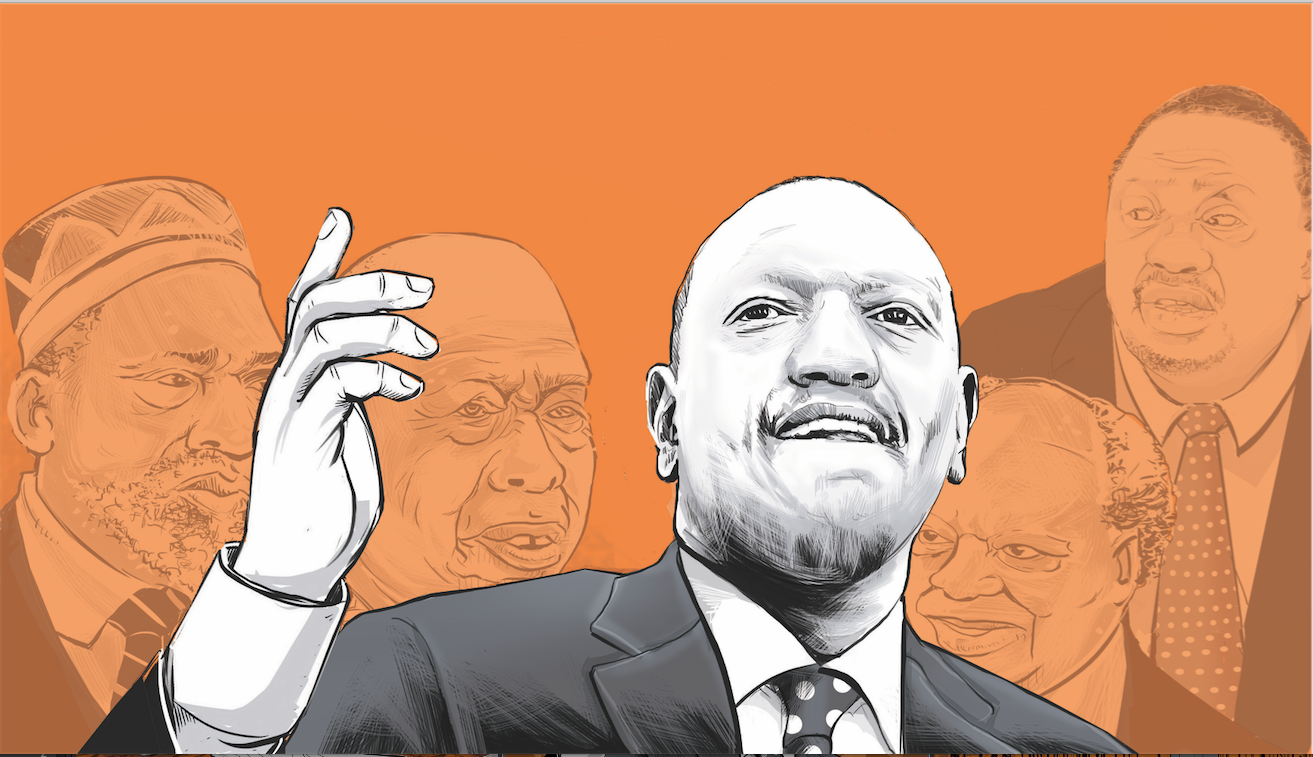

William Shakespeare warned that “corruption boil and bubble till it o’er-run the stew”.
And true to his words, graft in Kenya,
fuelled by ethnic patronage, elite greed, and frail institutions, has grown unchecked
beyond control owing to its pervasive nature.
The Corruption Perceptions Index by Transparency
International saw Kenya score 32 out of 100 in 2024, ranking 121st globally. For
more than a decade, the score has stagnated between 27 and 32, as graft in
Kenya deepens and widens.
Just three years after independence, the
1965 Ngei Maize Scandal exposed how public office could be manipulated for
private gain, sparking nationwide food shortages. Coffee smuggling and poaching scandals soon followed,
laying the foundation for a culture of impunity.
The Moi era entrenched graft as the price of
political loyalty. Land was dished out to allies, while scandals such as Goldenberg (Sh52 billion), Turkwell Gorge (Sh37 billion) and Anglo-leasing
(Sh9 billion) bled public coffers dry, but no convictions followed.
As a result, public services collapsed,
unemployment soared and IMF structural adjustment programmes deepened poverty. The
Kenya Anti-Corruption Authority that emerged did little more than mask unaccountability.
President Mwai Kibaki’s presidency raised
hopes of reform but was soon consumed by procurement scandals. The Anglo-Leasing
contracts resurfaced, and by 2010, Kenya was losing an estimated Sh270 billion
annually to corruption, almost 30 per cent of the national budget.
The Jubilee regime saw corruption perpetuated
unchecked. The National Youth Service scandal drained more than Sh9 billion,
while the scandalous Arror and Kimwarer dam projects swallowed Sh63 billion. Even
elections were not spared, as the “Chickengate” scandal revealed.
The Kenya Kwanza regime has not been left
behind. The 2023 Kemsa scandal cost taxpayers Sh3.7 billion. Toxic sugar
imports and shady tenders point to rot that runs much deeper than the headlines
suggest.
The 2024 National Ethics and Corruption
Survey reveals that the share of Kenyans asking for bribes rose sharply to 25.4 per cent in 2024 from 17.7 per cent in 2023. More than 52 per cent admitted to
paying bribes to access services, while 41.9 per cent admitted to receiving
them.
The Ministry of Interior is singled out as
the most corrupt institution, followed by Health and Treasury. While the
average bribe dropped to Sh4,878 in 2024 from Sh11,625 in 2023, this offers
little comfort.
The Ethics and Anti-Corruption Commission
estimates that corruption drains Sh608 billion annually, nearly eight per cent of Kenya’s GDP. This is money that could build schools, equip hospitals, and
create jobs.
We expected arrests when President
William Ruto recently said that MPs pocketed Sh10 million each to sink anti-money
laundering laws. But what was offered was the creation of an unconstitutional multi-agency task force to “fight” graft, usurping the powers of other agencies, coined to
likely cover up the crimes or persecute political foes.
Across five administrations, one reality that
has remained unchanged is that corruption is deeply woven into the fabric of
politics. Over the years, it has morphed into a political resource, as it fuels
electoral campaigns, consolidates patronage networks, and silences dissent.
This entrenched system thrives because it
serves the interests of those in power, leaving citizens trapped in a cycle of
broken promises and eroded trust. To break this cycle, Kenya must draw lessons
from countries like Rwanda, Botswana and Estonia, where genuine political
will, independent institutions and stringent anti-corruption frameworks have
delivered tangible results.
Program Manager for Inclusion and Political Justice at the Kenya Human Rights Commission













